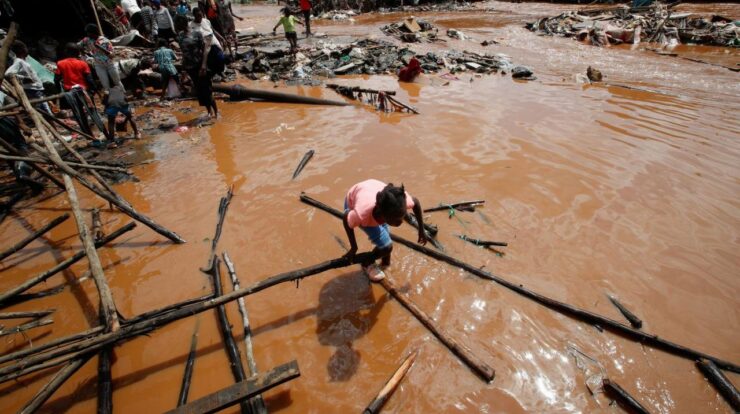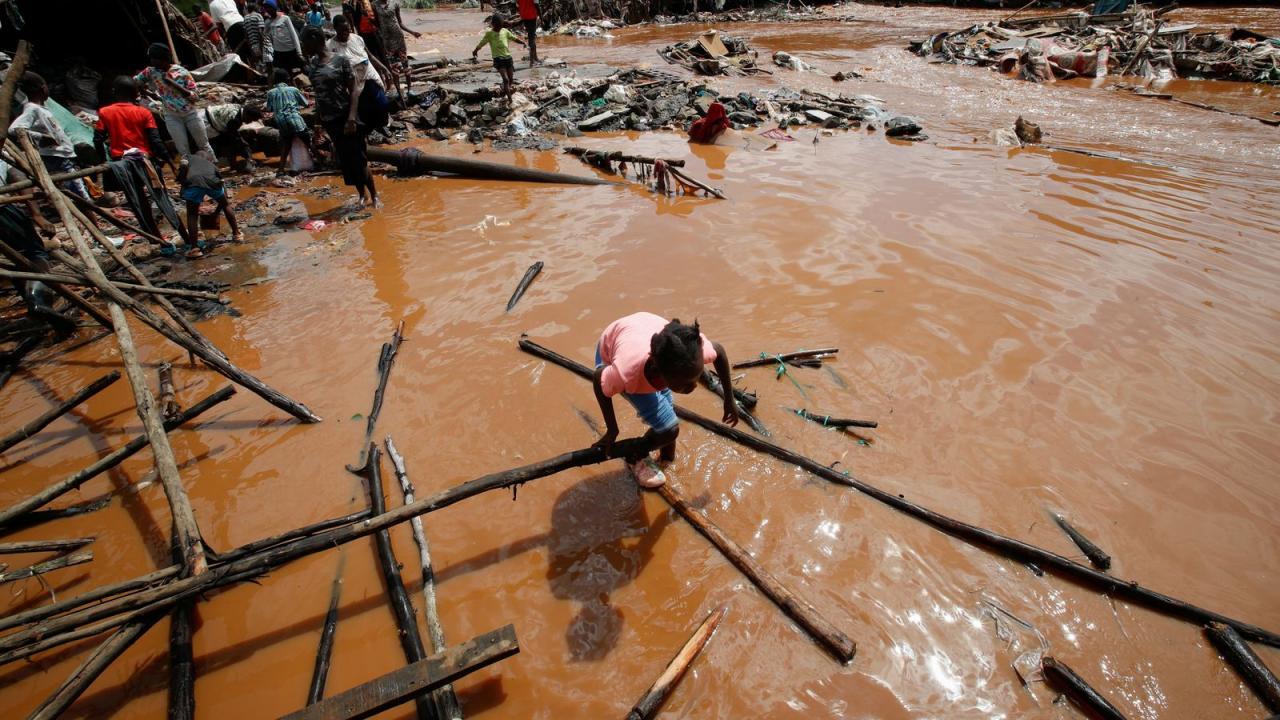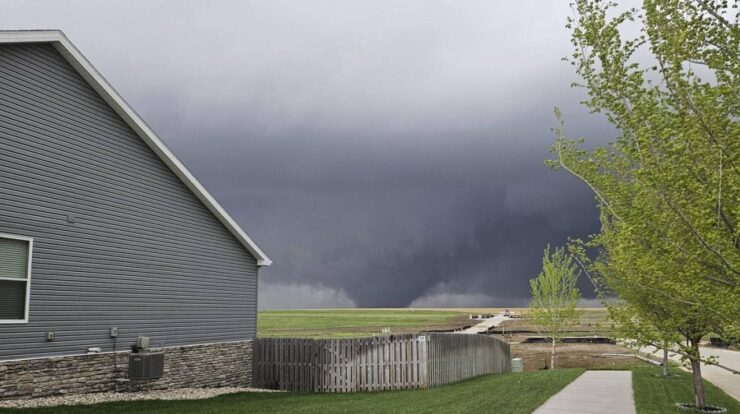
Kenya nairobi flooding – As Nairobi, Kenya grapples with the aftermath of catastrophic flooding, we delve into the heart of this crisis, uncovering its devastating impact, exploring government responses, and highlighting community resilience. Join us as we navigate the complexities of this urban deluge, seeking lessons learned and charting a path towards a more flood-resilient future.
Torrential rains have unleashed a relentless assault on Nairobi, submerging vast swathes of the city, displacing thousands, and leaving behind a trail of shattered infrastructure. The flooding has exposed the city’s vulnerability to extreme weather events, raising urgent questions about urban planning, drainage systems, and disaster preparedness.
Flooding Situation in Nairobi, Kenya

Heavy rainfall and poor drainage systems have caused severe flooding in Nairobi, Kenya. The flooding has affected numerous areas, including Kibera, Mathare, and Huruma, displacing thousands of residents and causing significant damage to infrastructure.
According to the Kenya Red Cross, over 100,000 people have been affected by the flooding. Homes, businesses, and roads have been submerged, cutting off access to essential services and livelihoods.
The flooding has been attributed to a combination of factors, including heavy rainfall, poor drainage systems, and rapid urban expansion. The city’s drainage systems are inadequate to handle the increased rainfall, leading to waterlogging and flooding.
Impact of Flooding on Nairobi
The flooding in Nairobi has had a devastating impact on the city’s infrastructure, economy, and social fabric.
- Infrastructure damage:Roads, bridges, and buildings have been damaged by the flooding, disrupting transportation and access to essential services.
- Economic consequences:Businesses have been forced to close, leading to job losses and income loss. The flooding has also disrupted supply chains, affecting businesses both locally and nationally.
- Social impact:The flooding has displaced thousands of people, forcing them to seek shelter in evacuation centers or with relatives. The flooding has also increased the risk of waterborne diseases and psychological trauma.
- Emergency measures:The government has deployed the Kenya Red Cross and other emergency services to evacuate residents, provide food and water, and establish evacuation centers.
- Long-term solutions:The government has announced plans to invest in improving drainage systems, building flood control structures, and relocating residents from flood-prone areas.
- Community-led initiatives:Community organizations have organized clean-up campaigns, provided food and shelter to affected residents, and raised awareness about flood prevention measures.
- Challenges:Communities face challenges in building resilience to flooding, including limited resources, lack of access to information, and inadequate government support.
- Financial aid:The World Bank has provided $20 million in emergency funding to support flood response and recovery efforts.
- Technical support:The United Nations Development Program (UNDP) is providing technical support to the Kenyan government in developing flood management plans.
- Medical supplies:The World Health Organization (WHO) has provided medical supplies and support to health facilities in affected areas.
- Early warning systems:Effective early warning systems can provide timely alerts to residents, allowing them to evacuate before flooding occurs.
- Flood mapping:Flood mapping can identify flood-prone areas and inform land-use planning and development decisions.
- Community engagement:Engaging communities in flood management planning and response can increase resilience and reduce the impact of flooding.
Government Response to Flooding
The Kenyan government has responded to the flooding by deploying emergency services, providing relief supplies, and implementing long-term solutions.
Community Resilience to Flooding
Community organizations and individuals have played a vital role in responding to the flooding in Nairobi.
International Assistance for Nairobi Flooding
Several international organizations and countries have provided assistance to Nairobi following the flooding.
Lessons Learned from Nairobi Flooding, Kenya nairobi flooding
The Nairobi flooding has highlighted the importance of flood management and disaster preparedness.
Last Recap

The Nairobi floods serve as a stark reminder of the devastating consequences of unchecked urbanization and inadequate infrastructure. As we grapple with the challenges of climate change, it is imperative that cities like Nairobi invest in resilient infrastructure, early warning systems, and community-based disaster preparedness programs.
By working together, we can mitigate the impact of future flooding events and build a more sustainable and resilient urban future.
FAQ Summary: Kenya Nairobi Flooding
What are the main causes of flooding in Nairobi?
Heavy rainfall, poor drainage systems, and rapid urban expansion have all contributed to the severe flooding in Nairobi.
What are the immediate impacts of flooding on Nairobi’s infrastructure?
Flooding has damaged roads, bridges, and buildings, disrupting transportation and essential services.
How has the government responded to the flooding?
The government has implemented emergency measures such as evacuations and relief distributions, while also working on long-term solutions like improving drainage systems.
What role can communities play in building resilience to flooding?
Community organizations and individuals can implement flood mitigation measures, support affected residents, and raise awareness about flood risks.
What international assistance has been provided to Nairobi following the flooding?
International organizations and countries have provided financial aid, technical support, and medical supplies to assist Nairobi’s recovery efforts.
